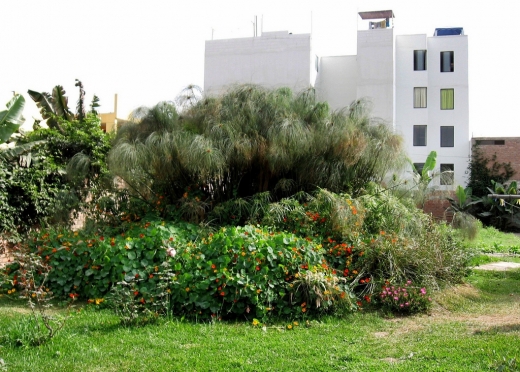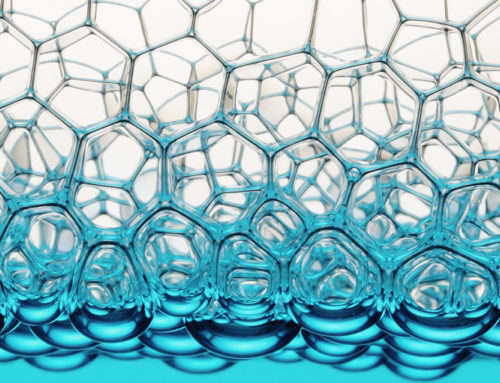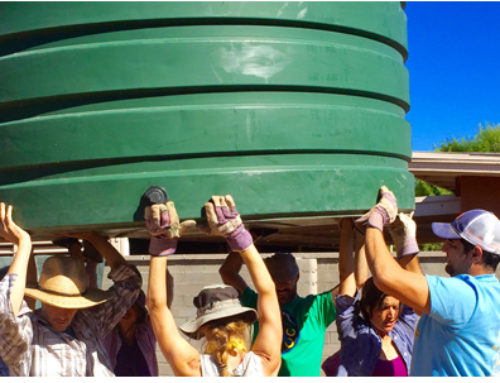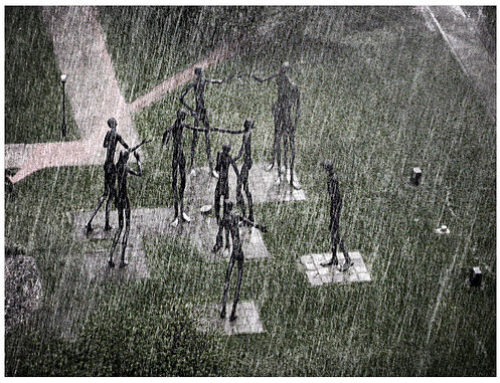-
One of the issues in larger building complexes, particularly those that may not have extended gardens to beneift from graywater nutrients, is what to do with all the collected graywater. As we know, graywater can not be stored for over 24 hours without it turning the corner into becoming blackwater. That means, without filtration and disinfection, graywater must be used in the garden, or to flush toilets within the first 24 hours.
Hmm, what to do, what to do…..
Ah ha, constructed wetlands come to the rescue for those mutli-unit apartment buildings that have at least some land to convert into a biofilter.
“A greywater…constructed wetland…removes a significant amount of pollutants from greywater before it flows into the groundwater, river, or natural wetland. Addition of pathogens, bacteria, and non-biodegradable toxins to the surface water can be avoided with this biological treatment, to promote a healthier ecosystem and more sanitary conditions. The system can be built for a single household or a group of households, typically at a low cost.”
So begins the design manual, created by UCSB student Dayna Yocum, that gives step-by-step instructions for creating a graywater treatment wetlands, including charts to determine the size of area needed for varying amounts of graywater treatment.
Take advantage of this useful resource here. You can also find more design information and a Residential Subsurface Constructed Wetlands Calculator on Appropedia.







